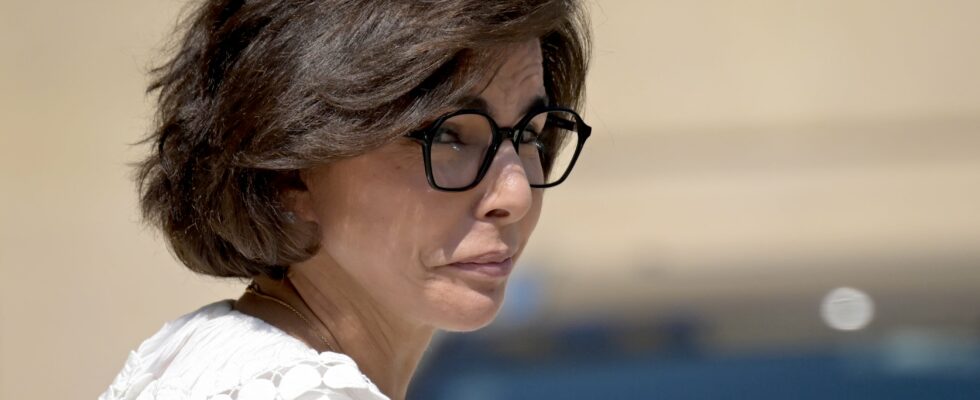She was keen to temper the enthusiasm. Keeping the Olympic rings on the Eiffel Tower requires that “all procedures and consultations” be “respected”, affirmed on Sunday 1 September the resigning Minister of Culture Rachida Dati, who is also an opponent of Anne Hidalgo within the Paris Council, the day after the announcement of the project by the Mayor of Paris.
Anne Hidalgo revealed to the daily newspaper on Saturday West Francethat these rings would remain on the first floor of the famous tower, without mentioning any consultation on the subject. “As mayor of Paris, the decision is mine and I have the agreement of the IOC. So yes, they will remain on the Eiffel Tower,” she said.
“The Eiffel Tower is a protected monument, the work of an immense engineer and creator. Respect for its architectural gesture and its work requires, before making any substantial modification, a work permit and an impact assessment, in accordance with the heritage code,” she added. The resigning minister specified that the hanging of the rings had been authorized “on a temporary basis.”
“The symbol of an external organization”
The Association of Descendants of Gustave Eiffel (AGDE) also expressed “its disapproval”. “It does not seem appropriate to us that the Eiffel Tower, which has become since its construction 135 years ago the symbol of Paris and by extension of France itself in the world, should be added to the symbol of an external organisation, in a lasting way, whatever its prestige”, it wrote in a press release.
“If the rings stay a little longer than the Paralympic Games, why not? We don’t see any problem with that,” its president, Olivier Berthelot-Eiffel, great-great-grandson of Gustave Eiffel, told AFP. “But the Eiffel Tower is not intended as an advertising antenna. Anne Hidalgo should surely have said that she wanted to keep the Olympic rings, not that she had decided to, and asked the opinion of the Paris Council and competent figures,” he added.
The Eiffel Tower remains, apart from a few nuances of paintwork and apart from the effects of technological developments, the same as the one erected by Gustave Eiffel for the Universal Exhibition of 1889. It has been listed as a historic monument since 1964.
